With 1.96 million apps on Apple’s App Store and 2.87 million apps on Google’s Play Store, it’s not a surprise that many first-time app builders feel apprehension about their product or service release. After all, how different can you be, right?
But you can eliminate this fear of uncertainty with knowledge and information. And that is where app validation comes in.
App validation refers to a set of data-driven techniques that help you collect feedback from your target market before you spend a large sum of money on developing the app.
If you too want to learn the MVP validation process from start to finish, this guide is for you.
Does your App Solve a Real Problem(s)?
Also known as product-market fit, it is the first step in app validation.
In fact, a poor product-market fit is one of the primary reasons why apps fail.
At the most basic level, you need to look for unique problems that exist in the target market and figure out how your application can solve them. It sounds easy, but it is a process that involves a lot of research. Here are a few ways you can simplify this research:
Look at Competitor’s App Store Reviews
Once you have a basic idea of your app, read reviews of similar apps on Google’s Play Store or Apple’s App Store.
Doing this will give you a lot of information about what your competitors are doing right, but more importantly, what they’re doing wrong. You can identify gaps and introduce those functionalities in your product.
Visit Online Forums and Ask Questions
Another intuitive way to find gaps to capitalize in your target industry is to post questions on forums like Quora and Reddit. Doing so helps you learn firsthand about human experiences and concerns.
For example, if you want to learn whether your pricing plans are appropriate, you can post a question like this:
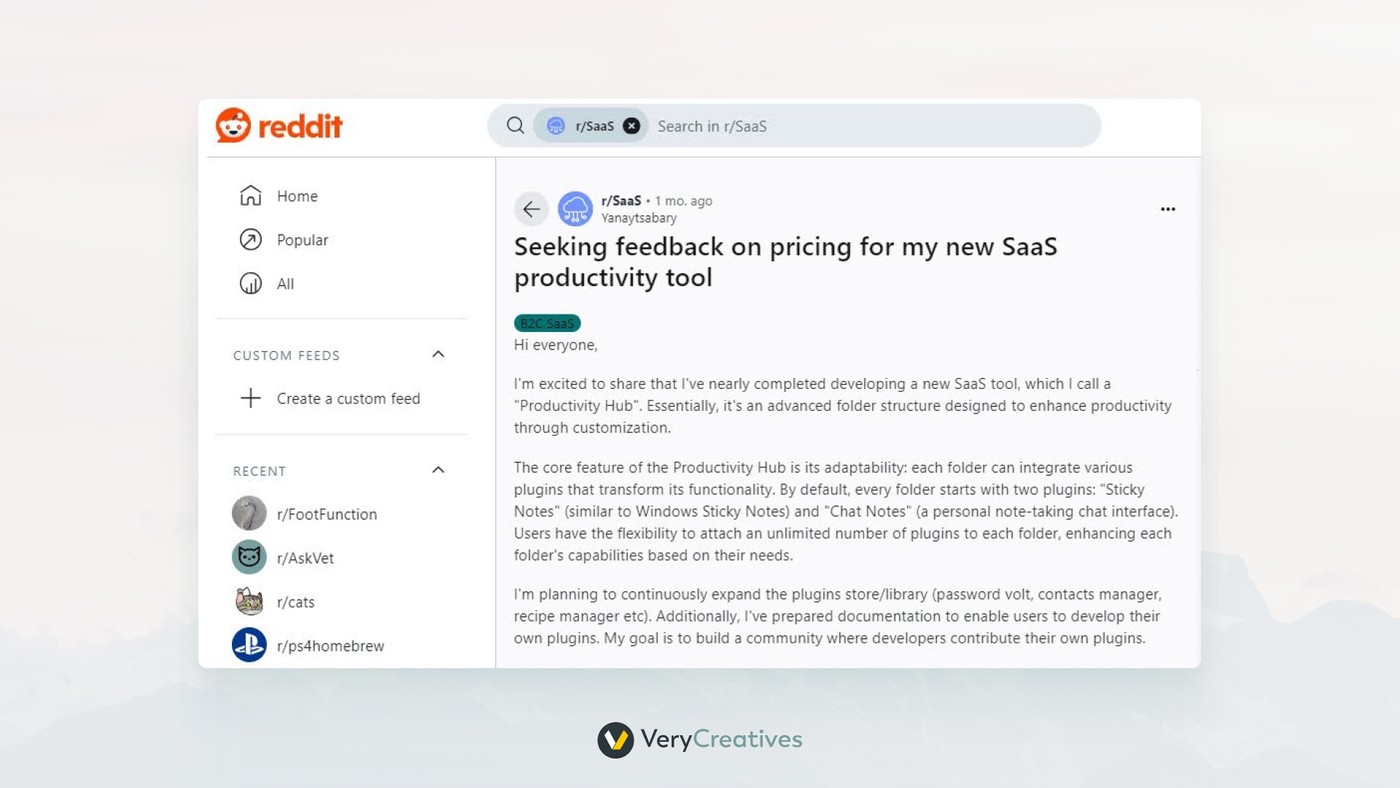
In the second picture, you’ll notice how people can give you genuine feedback and point you in the right direction.
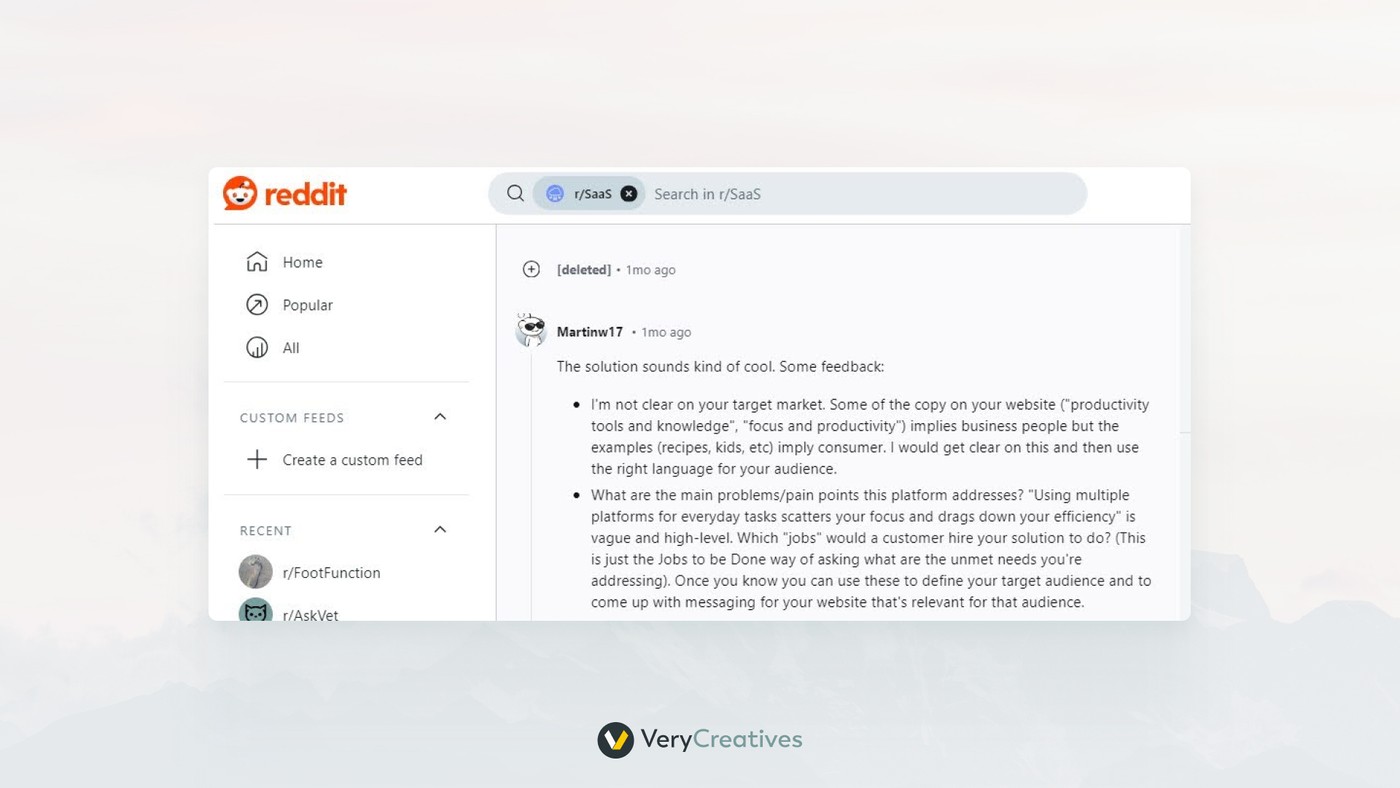
You can apply this process for various parts like functionalities, features, UI, UX, etc.
Dive Deep into Market Research
Once you identify the problems, the next step is to learn whether people really want to pay for a solution to those problems. That is where thorough market research comes in.
Generally, there are two approaches to market research: qualitative and quantitative.
While qualitative research deals with subjective aspects such as human experience, quantitative research aims to establish facts and data.
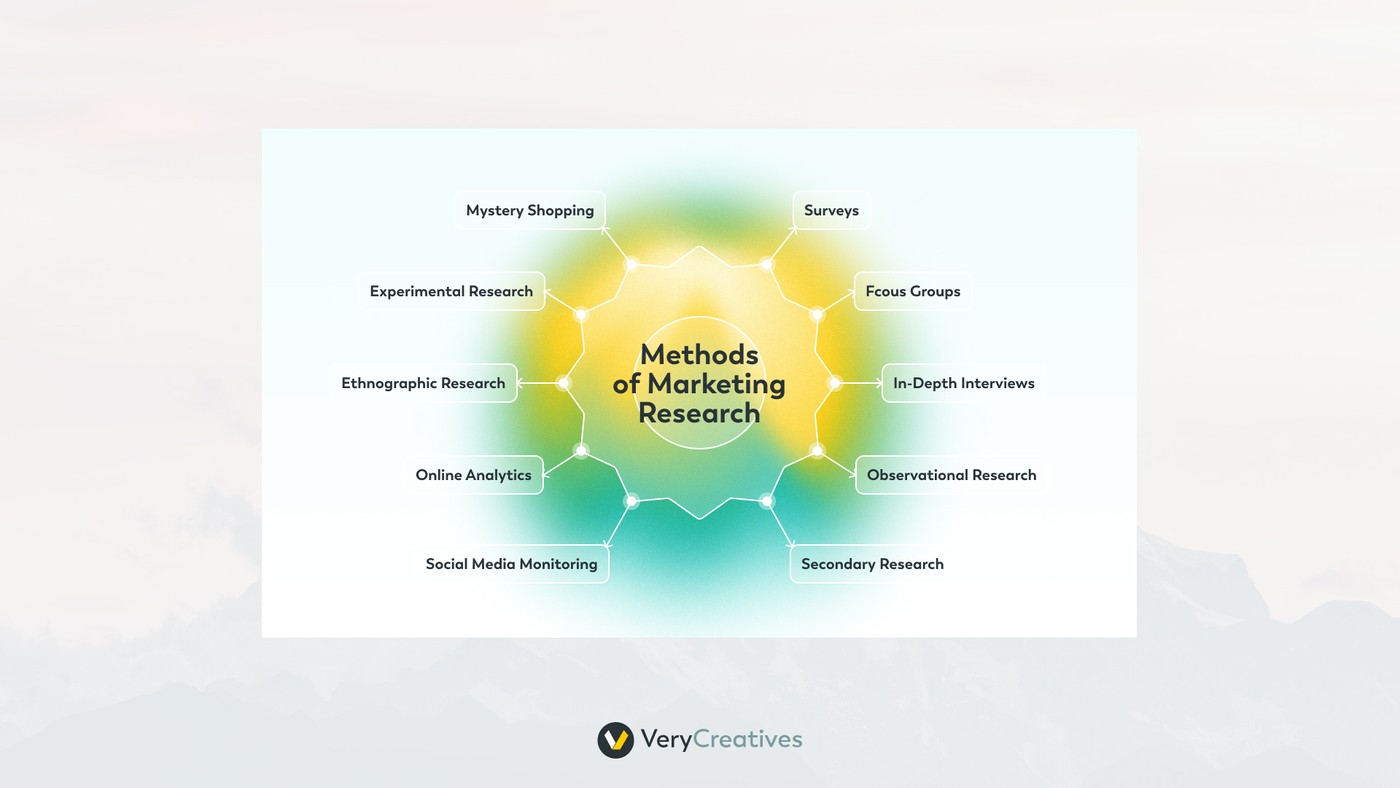
For example, by asking questions on social media platforms like “What’s the best feature in competitor X’s health app?”, you will get varying answers based on personal preferences and experiences.
On the other hand, a yes or no question like “Do you need a health app for your nearest hospital?” will give you answers that will help you collect demographic data.
We recommend focusing more on quantitative research as it gives you facts and figures to help you make more accurate decisions.
Don’t Rush through Competitor Research
Competitor research is essential for any single app validation. It helps you tap into the performance gaps of your rivals, such as outdated features, glitches, limited functionalities, poor customer service, etc.
To simplify the process for your research teams, you can use a chart like this, and rate it on different metrics. You can also add custom columns.
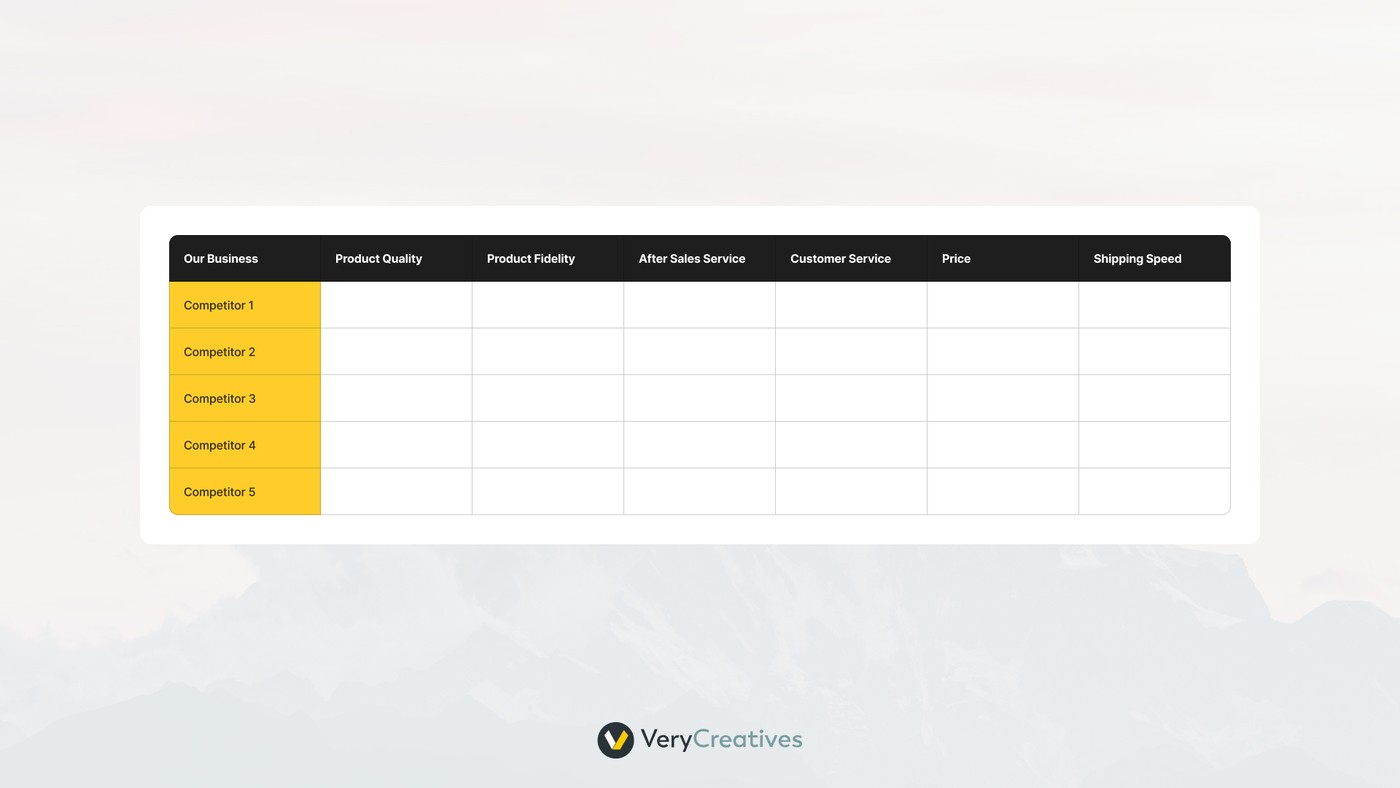
After collecting all the data through market and competitor research, you will have clear and actionable data on what the market needs, what your competitors are missing, and how to bridge that gap best.
Target the Right Audience through User Personas
The next step in the app validation cycle is the development of the user persona.
A user persona is a fictional profile of the ideal customer your business needs. Every new feature, functionality, or process you add to your app must satisfy this ideal customer.
Here’s an example of a user persona from Dribble.
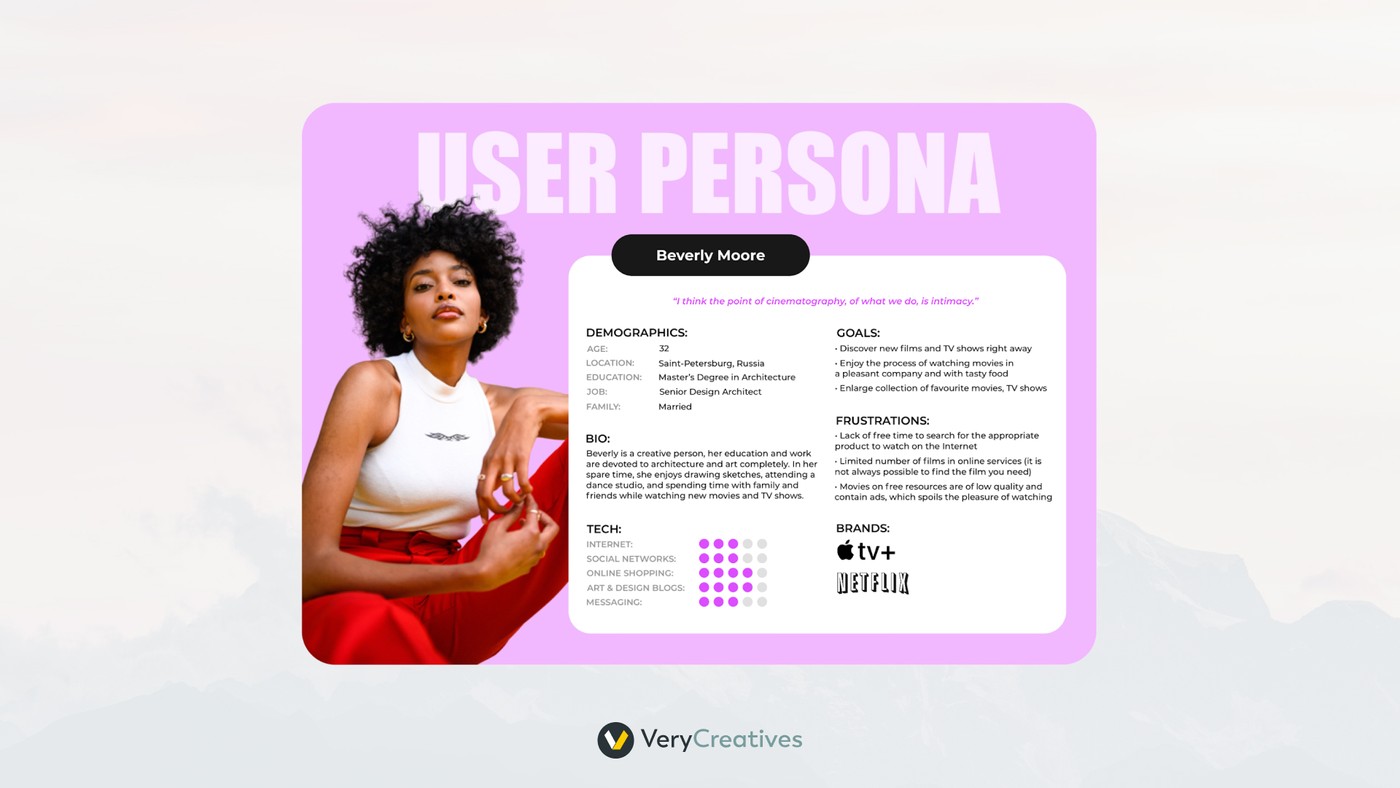
It is also important to ensure that your user persona contains demographic and psychographic data. Your market research will help you collect this data.
Demographics include: age, gender, nationality, occupation, annual income., Psychographics include: hobbies, political leanings, frustrations, aspirations, pain points, etc.
Document User Journey Map
A typical user journey map is essential to view the product experience from a user’s lens. The key benefits it offers for product validation are as follows:
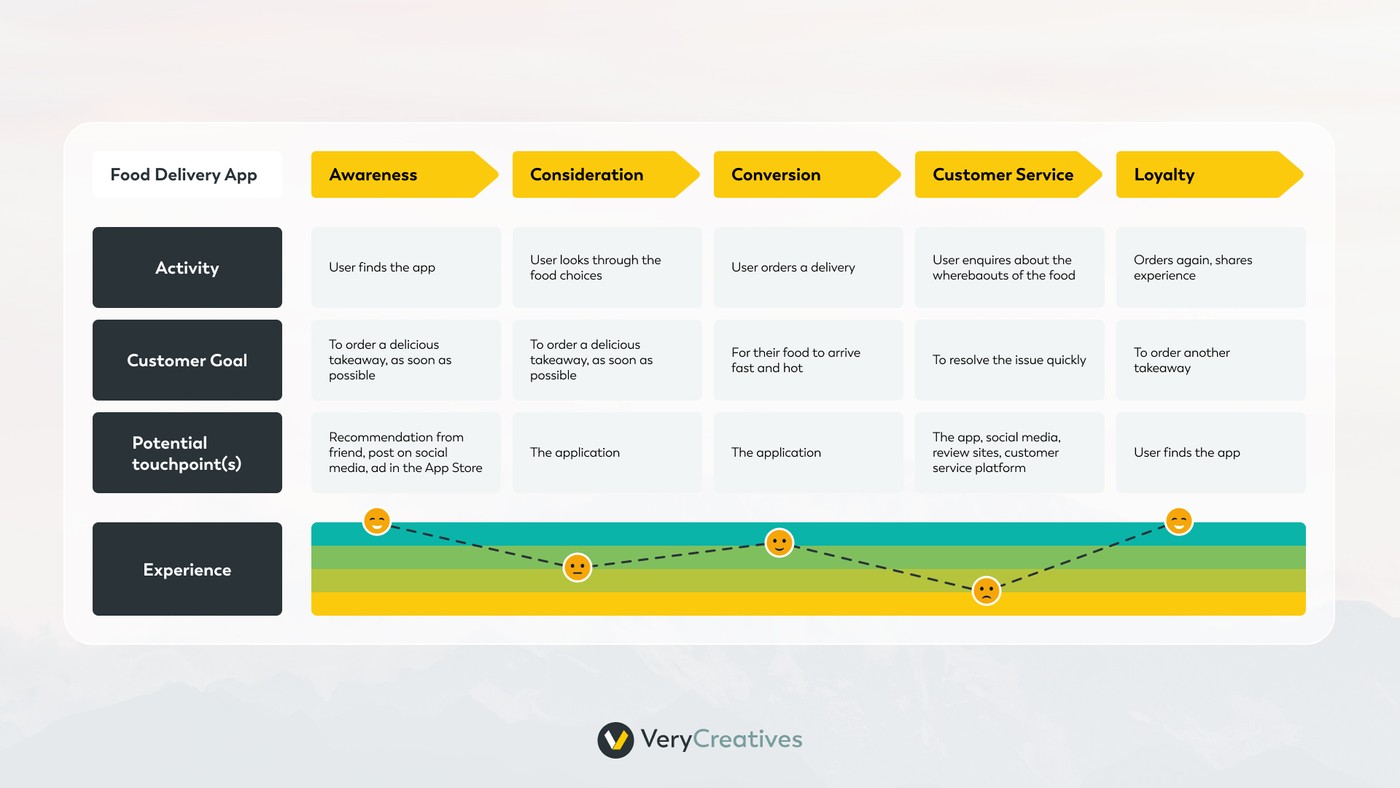
- Helps determine how a user will interact and react to the different touch points in your app.
- Shows you the parts that need optimization or removal.
- Helps ensure a seamless user experience before your app hits the market.
Understand Budget, Financing, and Profitability
App validation also involves taking stock of the financial side of things. Here are a few points to keep in mind:
- It costs around $32000-$48000 to develop a medium-complexity app. Even though apps don’t have huge recurring costs, you should ensure that you have enough budget to get started.
- As a SaaS owner, you may be interested in raising investment for your app. Before entering into an investment contract, ensure your app can provide consistent returns.
- Lastly, developing an app is not sustainable if you have to inject money at the expense of other SaaS channels. Therefore, you must ensure the app can become profitable in the long run.
Develop a Minimum Viable Product (MVP)
MVP, or Minimum Viable Product, refers to the test app version with the most critical functionalities. The goal of developing an MVP is to collect crucial feedback before releasing the final product.
MVP development usually involves all the phases of actual app development, such as strategy, coding, testing, and, in some cases, marketing.
However, the importance of MVP in-app validation can not be overstated.
Statistics indicate that 1 in 7 SaaS ideas are successful because of how precisely they target customers’ pain points — something that is achievable only through MVP development.
However, developing an MVP can be challenging. On the one hand, you need to develop it affordably and quickly. On the other hand, you need to ensure no functionality is compromised. In our opinion, it is unwise to release an unfinished MVP just to save time.
Lastly, once you release the MVP, you should thoroughly collect feedback from every possible angle. This feedback is the only thing that will help you develop a final product that is functional and profitable.
Finalize the mobile app’s design
The importance of design and user experience in app development is well understood. You can potentially lose 90% of app users because of poor design performance.
As the final step in the app validation cycle, how do you ensure that design is good enough for the final release?
The answer: wireframe.
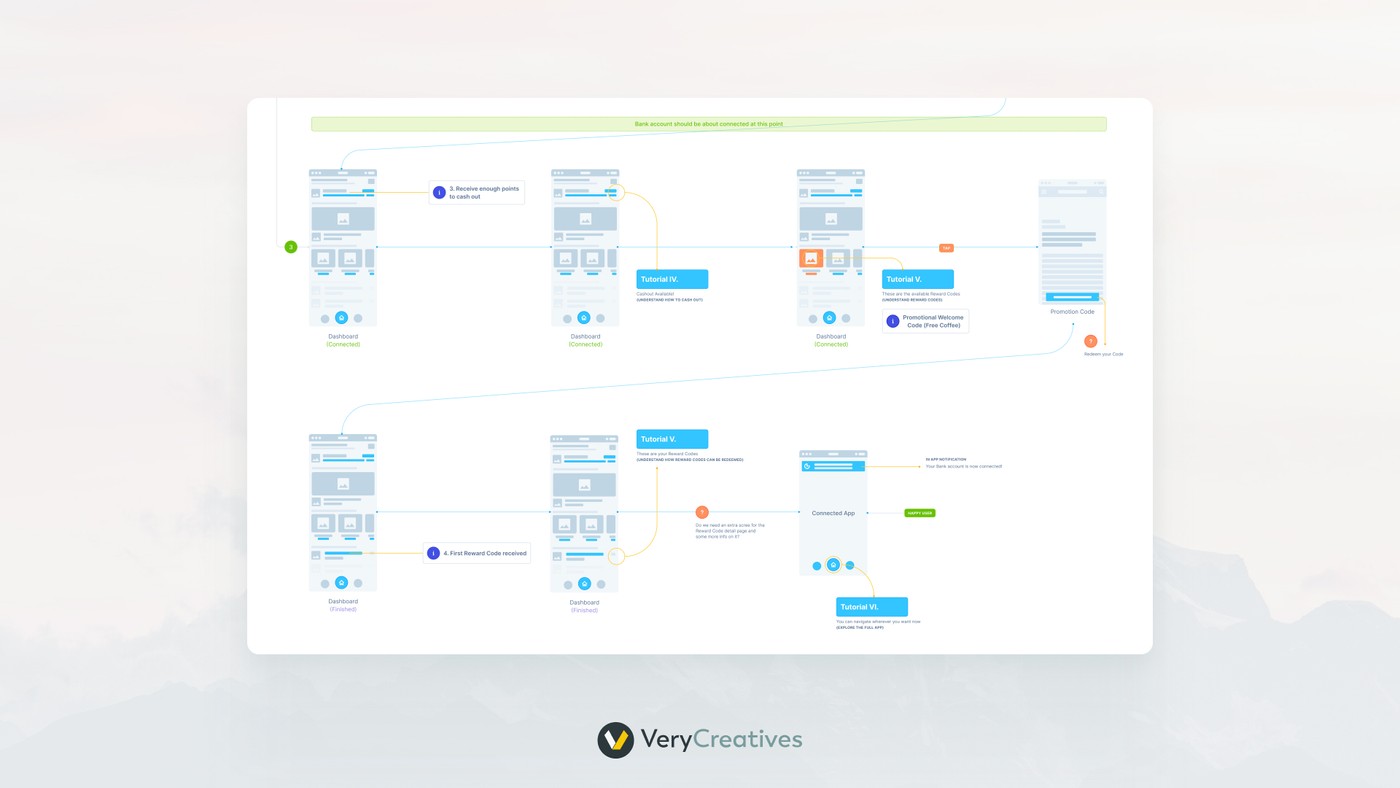
A wireframe is a 2D sketch of your app’s design. It uses different symbols and shapes to represent the UI elements in the final app. Wireframes are quick and cheap to put together, making them ideal for testing and collecting feedback immediately.
Ultimately, the feedback helps you develop a final design that your ideal customers love.
Summing it Up
You can simplify app validation using the steps outlined above. The key is to deeply understand your market, competition, and ideal customer.
But only an experienced development partner can help you avoid the not-so-obvious pitfalls of app validation. Give us a call If you’re new to SaaS or need a trained set of eyes to ensure a smooth and profitable launch.